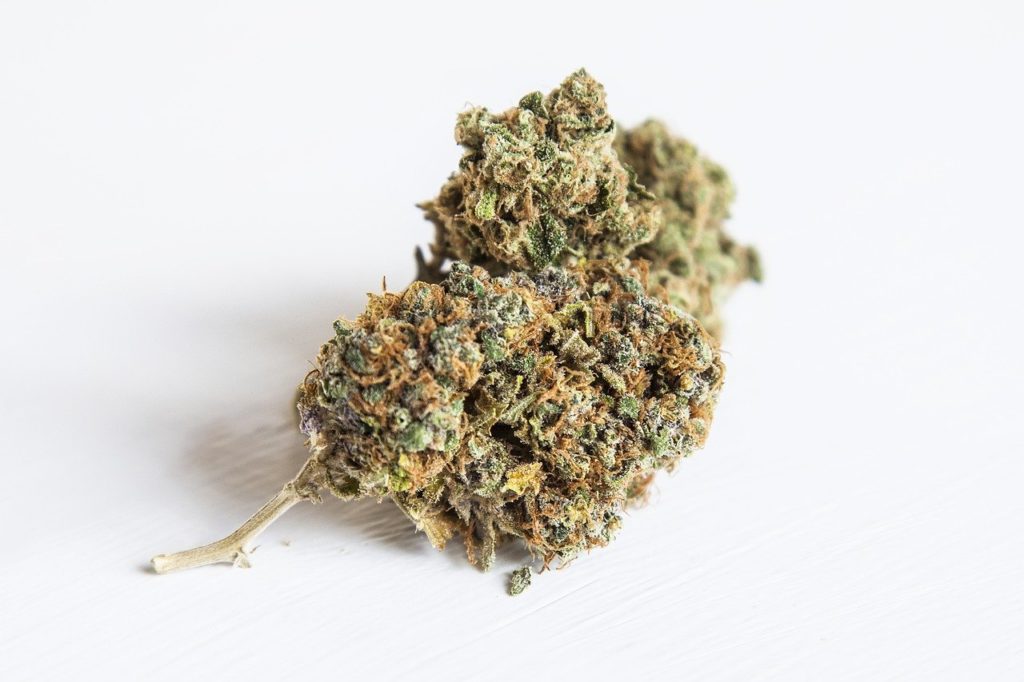By guest author: Sean Roberts
How to make cannabis butter? I am sure if you are just learning to cook with cannabis you might have several questions up your sleeves. And the good news is, you’ve come to the right place because we can help you cook cannabis butter safely from your home. You don’t require several decorated ingredients or a set of fancy cooking equipment.
All you need is simple cooking items that you can easily find in your kitchen pantry. Along with that, you will also need high-quality cannabis that you can obtain from a licenced dispensary, or directly from the producer with a medical marijuana prescription.
You don’t have to be a master chef to cook cannabis butter. However, the process requires attention, patience, and some techniques. So, jump on the bandwagon of cooking with cannabis and learn how to make cannabis butter at home.

Start With Decarboxylation Process
For beginners, the process of decarboxylation might be a little tricky. However, you will get the gist of it once you follow all the instructions given below carefully. Before we begin, here are a few things you need to learn. First and foremost, cannabis butter is a form of an edible and there are different ways of making it.
Some might avoid the decarboxylation process in order to make the butter less potent. While others look for potency in the butter. In fact, cannabis edibles are highly potent and to do so you need to first decarboxylate your cannabis. This will help you activate the psychoactive elements of the herb to its full potential.
Ideally, you have to heat cannabis at a certain temperature. The chemical reaction caused due to heating will help activate THC (psychoactive compound of the cannabis plant) and the compounds will bind together to generate the desired effect. In addition to this, you also have to take note of one more important thing. The cannabis flower contains THCA when in its raw form and this compound is non-psychoactive in nature.
Although heating causes the flower to convert THCA to THC, yet, most canna experts believe that drying cannabis before heating will help you achieve the best results. Also, keep in mind that soaking raw cannabis in heated butter will not produce the desired results. The less you soak, the better your butter will be. That said, let’s begin with the process of decarboxylation.

Things You Need To Do
You can use a microwave to decarboxylate cannabis at home. Other types of equipment that you will need include a baking tray, parchment or baking sheet, aluminum foil, and cannabis. Once you are sorted with the material, preheat your oven at 245 degrees Fahrenheit. While the oven is preheating, take a parchment paper or baking sheet and cut it to the size of your baking tray. Place the baking sheet inside the tray.
You can also keep a double layer of the aluminum foil or the baking sheet on the tray for even heat distribution. Which brings me to a very crucial scientific aspect of heating cannabis? You see, heat rises in the upward direction. Similarly, while your oven is being preheated the heat will rise in the upward direction making the oven warmer on the top and cooler at the bottom.
This means that you have to place the baking tray with dried flowers in the center of the oven in order to heat the buds at the correct temperature.
After the oven is preheated, take the tray and spread tiny pieces of cannabis on the baking sheet. Ensure that you do not break the flower into very small pieces. You can roughly break the buds into medium-sized ones to avoid the risk of over-heating or burning.
Next, place another foil paper on the top of the buds and put the tray inside the preheated oven. Bake for at least 45 minutes and once completely baked, remove it and let it cool down for another 30 minutes. Soon after cooling, you will get fresh, slightly roasted, golden-brown buds of decarboxylated cannabis ready to be infused in the butter.

How To Make Cannabis Butter?
To make cannabis butter you need to first gather a few ingredients and equipment. You will require a medium-sized saucepan, thermometer, wooden spoon, one cup of water, one cup of butter, 10 grams of decarboxylated cannabis. Next, take good quality cannabis butter in a bowl and make sure the quantity corresponds with the amount of cannabis you want to infuse in the butter.
For instance, with one cup of butter, you can use 6-8 grams of cannabis. So, make sure you infuse an optimum amount of cannabis in the butter.
For the next step, you need to take a saucepan. Put the butter using a spoon into the saucepan and add some water. Water addition is necessary because this way the butter will remain consistent. Not only this but water will prevent the bottom layer of the butter from burning or sticking to the pan. Now, turn on the gas and cook the butter in low heat.
While the butter is melting, take the decarboxylated cannabis and crush them with your hands. Add the coarsely crushed cannabis pieces into the pan containing butter and then stir it with the help of a wooden spoon. Stir until cannabis is completely soaked in the butter and cook on low heat for a maximum of two hours.
Experts believe that the ideal temperature for cooking the cannabis-infused butter is between 160-200 degrees Fahrenheit. So, check the temperature of the butter while you are cooking the mixture.
The Final Step
After two hours of stirring and cooking, turn the heat off and let the pan cool down. In the meantime, grab a cheese-cloth and a container you would want the butter to be stored in. Take the container, place a funnel on top it, and then keep the cheese-cloth over the funnel. Adjust the cloth properly and then pour the mixture over it.
Let the mixture strain into the container freely. Do not squeeze the cloth because it will allow the impurities to pass through the cloth. In case of that, you can use a spoon to create pressure on the cloth. This will allow the mixture to pass freely and the butter you get will be of high quality. After filtration, take the container and store it inside the freezer until the butter is completely ready for consumption.
About the author:

Sean Roberts is a writer by profession. He is a full time writer working with NY Marijuana Card, a leading clinic that provides medical marijuana recommendations. He aims at educating people about the medicinal use of cannabis.










